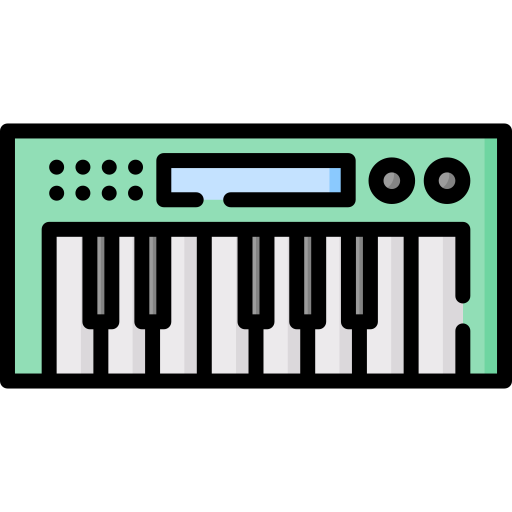I’m really new to Pd and I wonder how much stuff is it capable of doing sound-wise without having to use other software
Seems like this post is kind of old, but better late than never!
Pd is very powerful. And I’m not exaggerating here, if you’re good at it, it can do almost anything a VST can. But that may not always be practical.
The entire reason I first got into VST programming and developing, was because I realised how limited Pd was in a lot of ways. Mainly, that it was very hard to sync with a DAW and always resulted in different latency issues which meant editing my music was harder later, and also that it was more resource intensive than developing my own software with C++.
That being said, I still use Pd a lot, whenever I need to sketch a quick effect or program idea, whenever I need something that is algorithmically designed or that requires live input from hardware such as Arduino, and also because it’s really fun and flexible.
Pd isn’t great if you need to integrate it into large production workflows, DAWs and similar environments, but IMO it’s the best around if you want highly flexible and specialised software in little time and with minimal effort.
I think I might be a bit of an atypical user since most pd users seem to be on much higher level. I haven’t really made music in a long time (and even when I did I really didn’t go much further than playing around in FL Studio and making a couple of things that sound nice) and I’m using Pd more as an hobby in of itself. I always liked tinkering with technology (recently I tried getting into synth diy, but it felt like too much all at once, and I’d also have to spend money I don’t have right now) and I like the idea of creating not only a sound, but the tool to make it itself. It’s also a good way to relearn music theory with a different perspective.
I was curious if I could use it as a way to get into music production again, so using it as VST seemed like the most obvious path. Maybe it’d be better to use it as a diy DAW? Of course it wouldn’t have a traditional workflow at all, but it’s more about the process of creating something listenable
Honestly, PD is pretty flexible in a lot of ways, but I think to take full advantage of it, the name is very telling: it’s all about the data.
You can of course make music, but in order to get musical, you will still need to understand a lot about how audio data works in computers. Once you do, it’s easy to start getting very creative. You can write full musical sequences, or make music that slowly develops over time with a good degree of randomness.
Or you can take a more VST approach and make cool effects and sounds for your vocals or your guitar.
It probably will never fully replace DAWs because editing audio in PD is almost impossible, but it can replace both musical instruments and audio effects.
What concepts would you suggest looking into to start entering the audio data rabbit hole
So far I did very basic things such as a multi voice synth that plays chords starting from the root note or hi-hats using [noise~] and [vline~]. I was thinking about looking into granular synthesis next, but I’d also want to gain more fundamental knowledge (the kind of stuff that once you know it, you can apply it to do all sorts of stuff).
I started reading The Theory and Technique of Electronic Music, but it’s very technical and mathematical from the very beginning and it feels a bit overwhelming for someone who had to google “cosine” to remember what it was.
I think a lot of the more interesting exploration can be done via connecting PD with either a MIDI controller, or another software that produces MIDI output more efficiently than PD itself. Like a DAW, for example. That way you can leave all the sequencing or playing side of things to something else, and the processing and sound design to puredata. So be sure to check and understand the MIDI and OSC protocol for control. It’s pretty simple fortunately.
Other than that, I think just familiarising yourself with concepts such as sample rate, buffer size and bit depth will make everything easier.
For example, understanding that audio is nothing more than a sequence of numbers that get distributed into buffers makes everything audio processing quite simpler to grasp. It’s also convenient to know that these audio samples will have a minimal value of 0 and a maximum value of 1, that way you can adequately scale them to control the volume.
I would also suggest studying the overall anatomy of a signal. Like understanding what the frequency, amplitude and phase of a signal is and how changing it can change it’s sound.
Other important terms:
LFO, ADSR, Modulation, Filter and Compressor. That’s like a starter pack and general overview for a DSP begginer. Hope it helps!


